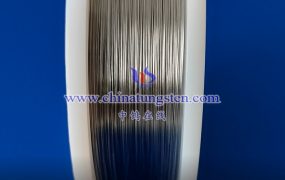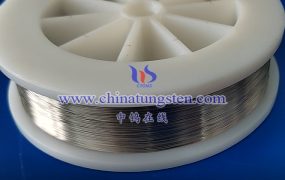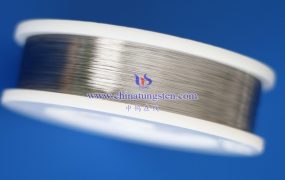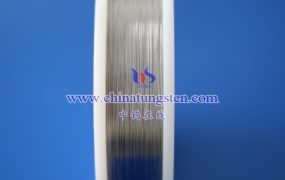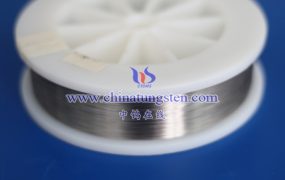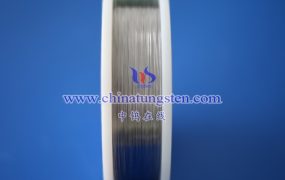Black tungsten wire, primarily composed of tungsten (W), is a metal material with a high melting point, high hardness, and high density, commonly used in manufacturing filaments or electronic components for high-temperature environments. The chemical reaction behavior of black tungsten wire in strong acid environments depends on factors such as the type, concentration, temperature, and exposure time of the acid. Below is a detailed analysis of its chemical reactivity in strong acid environments:
1. Reactivity of Tungsten with Common Strong Acids
- Tungsten with Hydrochloric Acid (HCl):
- At room temperature, tungsten hardly reacts with dilute hydrochloric acid.
- Even when heated, the reaction is extremely slow due to the formation of a dense oxide layer on the tungsten surface, which inhibits further reaction.
- Tungsten with Sulfuric Acid (H₂SO₄):
- Tungsten does not react with dilute sulfuric acid at room temperature.
- When heated, the reaction remains very slow and is similarly hindered by the surface oxide layer.
- Tungsten with Nitric Acid (HNO₃):
- Tungsten can react with nitric acid, particularly under heated conditions.
- The reaction produces tungstic acid (H₂WO₄) or other tungsten compounds, releasing nitrogen oxide gases.
- Tungsten with Aqua Regia (a mixture of concentrated hydrochloric and nitric acids):
- Aqua regia, with its strong oxidizing and corrosive properties, can dissolve many metals, including tungsten.
- The reaction with aqua regia forms soluble tungsten compounds, such as tungstates or tungsten chloride complexes.
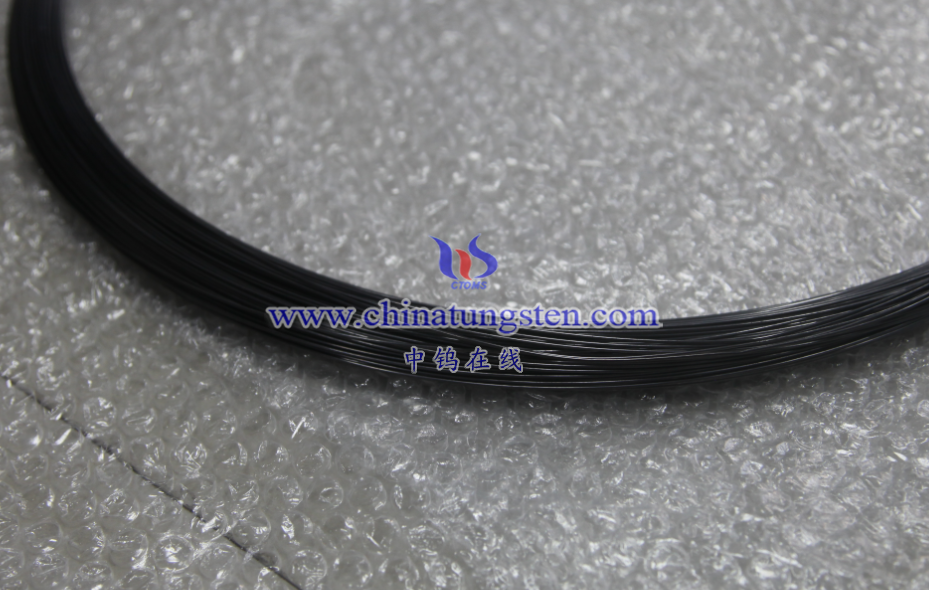
2. Factors Affecting the Reaction
- Type and Concentration of Acid:
- Different acids have varying corrosive effects on tungsten, with nitric acid and aqua regia being more aggressive.
- Higher acid concentrations typically increase the reaction rate.
- Temperature:
- Elevated temperatures accelerate the reaction rate by providing more energy to overcome the activation energy barrier.
- Reaction Time:
- Longer exposure times generally result in more significant corrosion of the tungsten wire.
- Surface Condition of the Tungsten Wire:
- The presence of an oxide layer or impurities on the wire’s surface can affect the reaction rate. For example, the oxide layer may act as a protective barrier, slowing corrosion.
3. Considerations in Practical Applications
- Corrosion Resistance:
- Due to tungsten’s relatively good corrosion resistance to most acids at room temperature, black tungsten wire may exhibit stable performance in certain strong acid environments.
- However, under high temperatures or prolonged exposure to strong acids, the wire may still undergo corrosion.
- Protective Measures:
- In applications where black tungsten wire is used in strong acid environments, measures such as applying protective coatings, selecting more corrosion-resistant alloy materials, or optimizing process conditions can be employed to extend the wire’s service life.
More details of tungsten wire, please visit website: http://www.tungsten-wire.com.cn/
Please contact CHINATUNGSTEN for inquiry and order of tungsten wire:
Email: sales@chinatungsten.com
Tel.: +86 592 5129595
